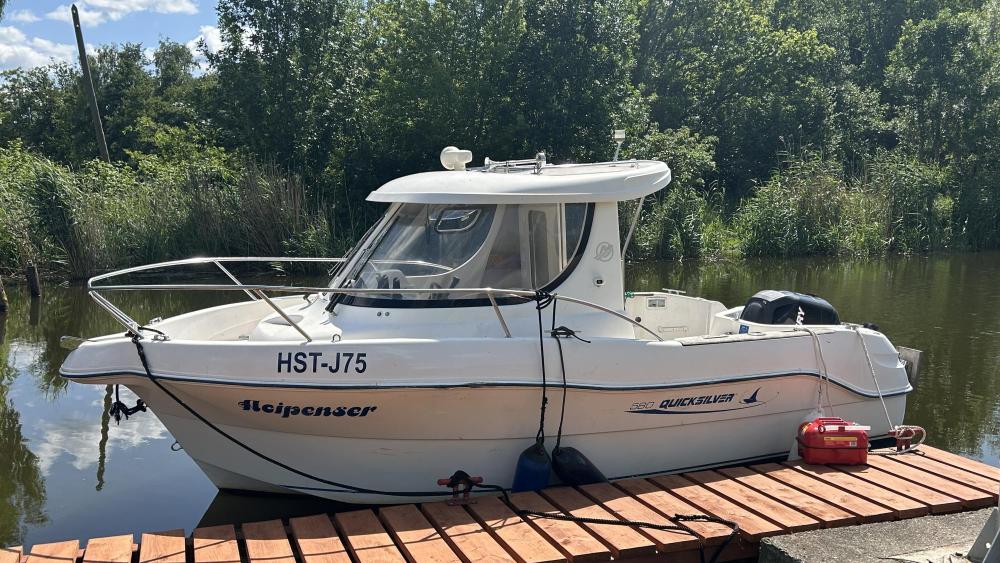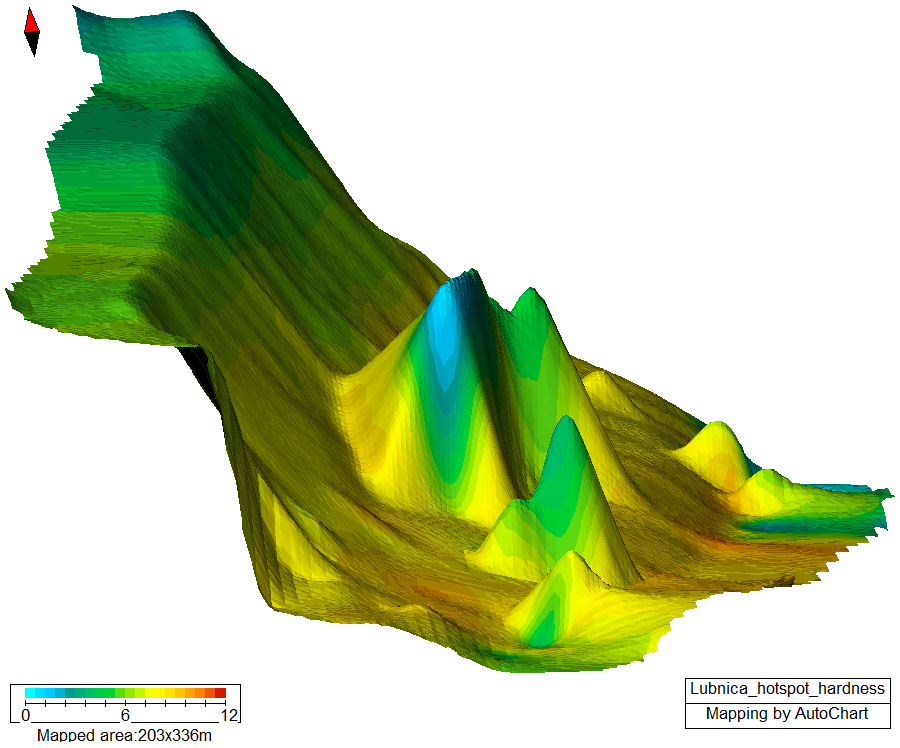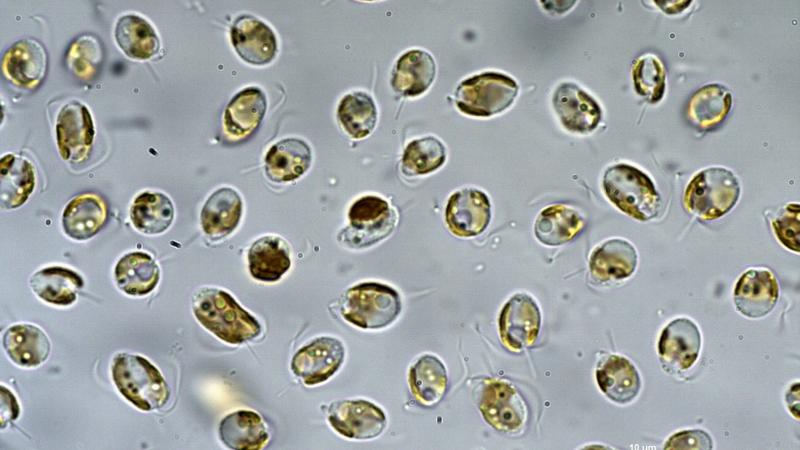
One of the main goals of this work package is to better understand the behavioral ecology of sturgeons released in the Oder River basin. These migratory fish first move downstream to reach the Szczecin Lagoon and later the Baltic Sea. However, we still know very little about which habitats they use both in the Oder River and in the lagoon. Are the fish gathering in specific hotspots where current conditions and food availability are favorable, or are they moving in a more solitary and dispersed way? We are also investigating the potential risks of interactions with human activities, such as fishing or navigation, in these ecosystems.
To develop effective conservation measures that ensure the survival of released individuals and, in the long term, the establishment of a self-sustaining sturgeon population in the Oder and the Baltic Sea, we are equipping these fish with acoustic transmitters and tracking their movements using a combination of passive and active telemetry. Acoustic telemetry works like an underwater positioning system: each fish carries a small tag that emits sound signals detected by receivers placed in the river and lagoon. This technology allows us to monitor their journeys and identify the areas they frequent the most.
A network of several dozen stationary receivers has been deployed in the Szczecin Lagoon in collaboration with the LFA and along the Oder, Dziwna, and Świna Rivers, as well as in the Pomeranian Bay. This system allows us to study seasonal movements, daily upstream and downstream migrations, swimming speeds, and to locate residence areas and potential aggregation sites within the lagoon and river system.
In addition to passive tracking, we conduct seasonal boat-based active tracking campaigns, particularly in the lower Oder River, to gain a high-resolution understanding of the habitats used by individual fish. This approach provides detailed insight into their movement patterns over short time scales and helps us detect their responses to natural features or human activities. Once key habitats are identified, we map them using tools that provide bathymetric data, information on substrate composition, and the distribution of aquatic vegetation and other structural features.
The knowledge gained from this work will help identify critical areas for sturgeon in the Oder basin and lagoon, assess the level of overlap with anthropogenic activities, and provide science-based recommendations to minimize impacts and promote the long-term restoration of this iconic species in the region.

Figure : example of a bathymetric map of a sector used by sturgeons in the Oder River, the gradient of colors correspond to the hardness of substrate from soft substrate like mud in blue-green to hard substrate in orange-red.
Short Profile
Duration
BMUKN: Federal Ministry for Environment, Nature Conservation and Nuclear Safety (Germany)
BfN: Federal Agency for Nature Conservation




